The list of things that can keep us from getting out to ask is really long. Not enough time. Fear of rejection. Not thinking our donors are ready. Not wanting to step on relationships. Are any of these on your top ten list?
At the end of the day, what gets us out there is mostly a combination of enthusiasm for the cause and a sense of responsibility.
#1: Experience Your Programs
 The most important thing to do right now is go experience your program. Can you do that directly? Go to a classroom or a lab? Watch participants in action or even talk to them about their experiences?
The most important thing to do right now is go experience your program. Can you do that directly? Go to a classroom or a lab? Watch participants in action or even talk to them about their experiences?
If you can’t experience the program directly because of logistics or privacy issues, meet with program staff to learn what they’re doing and the impact they’re trying to have. If the program is far away, perhaps it’s a Skype session or, at the very least, a call.
For many years I was the Midwest Director of Development at my alma mater, Brandeis University. I worked out of Chicago, but at least four times a year I was back on campus, and boy did I need that infusion! Even though it was my alma mater, and I could easily talk about the school from the heart (in true Kindred Spirit fashion – what’s your Asking Style?) I needed to feel the place to get revved up.
If for some reason you can’t experience the program, what is available to you? Videos? Articles? A copy of your strategic plan? Not ideal – and every fundraiser should have access at some point to the program or program staff – but in a pinch we get creative.
To stay focused and motivated, you need to constantly reacquaint yourself with the vision of your organization and the impact it is having.
#2 Don’t Worry About Perfection
You’ll never have all the information. You’ll never be sure if your donor’s ready to be asked (until you ask her if she’s ready!). You may never be as calm, cool, and collected as you want to be.
I’ve been in more than 3,000 meetings with donors and none of those meetings have been perfect. Seriously. There’s always been something I might have done differently if I could do it over again.
But our goal can’t be perfection and I’d argue that our donors don’t expect – or even want – that. If we said absolutely everything exactly as we had hoped, and never fumferred (Yiddish for mumble!) or had pregnant pauses, we could easily come off at slick and programmed. We’d lose the authenticity that comes from imperfection.
When we mess something up it makes us human. And the truth of the matter is…we always will no matter how much we practice!
I know we’re concerned we’ll do something that will upset our donors. Our goal is to make everyone happy (well perhaps not, but that’s for another article!). Here’s something I learned over time, most donors who get bent out of shape when we make an honest mistake were looking for something to be upset about anyway. As in any relationship, we need to accept each other’s imperfections. Lord knows we accept our donors’ imperfections! We have to assume they’ll accept ours.
#3 Practice Your Case for Support
Are you talking about vision and impact? Or are you talking about needs and features? People give for need, but they give much more if they share the organization’s vision for the future. So, your job is to communicate that vision in your own words – through your story. Since we all have a different Asking Style, it means our stories will be unique to who we are and what we find most compelling about our organization.
 Speaking of compelling, does it matter whether you were founded in 1940? Okay, so you’ve been around a long time, but what have you accomplished in that timeframe? You have four residence quads at your college? Why not two or six? Those numbers are irrelevant. What’s the benefit of having four quads and what impact does that have on the students?
Speaking of compelling, does it matter whether you were founded in 1940? Okay, so you’ve been around a long time, but what have you accomplished in that timeframe? You have four residence quads at your college? Why not two or six? Those numbers are irrelevant. What’s the benefit of having four quads and what impact does that have on the students?
If you get stuck on needs and features, you’re in good company. Most people I train struggle with this. When you can comfortably talk about vision and impact, your story will be compelling to your donors.
#4 Make it Doable
Sometimes we set the bar so high it keeps us from getting started. Don’t worry about every donor, or getting the biggest gift tomorrow. Just get out and ask.
How many donors is it practical to see in the next two months? If it’s really only five, don’t shoot for ten. Best case scenario – you finish the five and have the time and motivation to reach out to more donors.
And don’t listen to anyone who says you have to pick up the phone and call. I rarely do. If sending an email will help you get over the hump – send that email!
Here’s to getting out the door comfortably and confidently.





